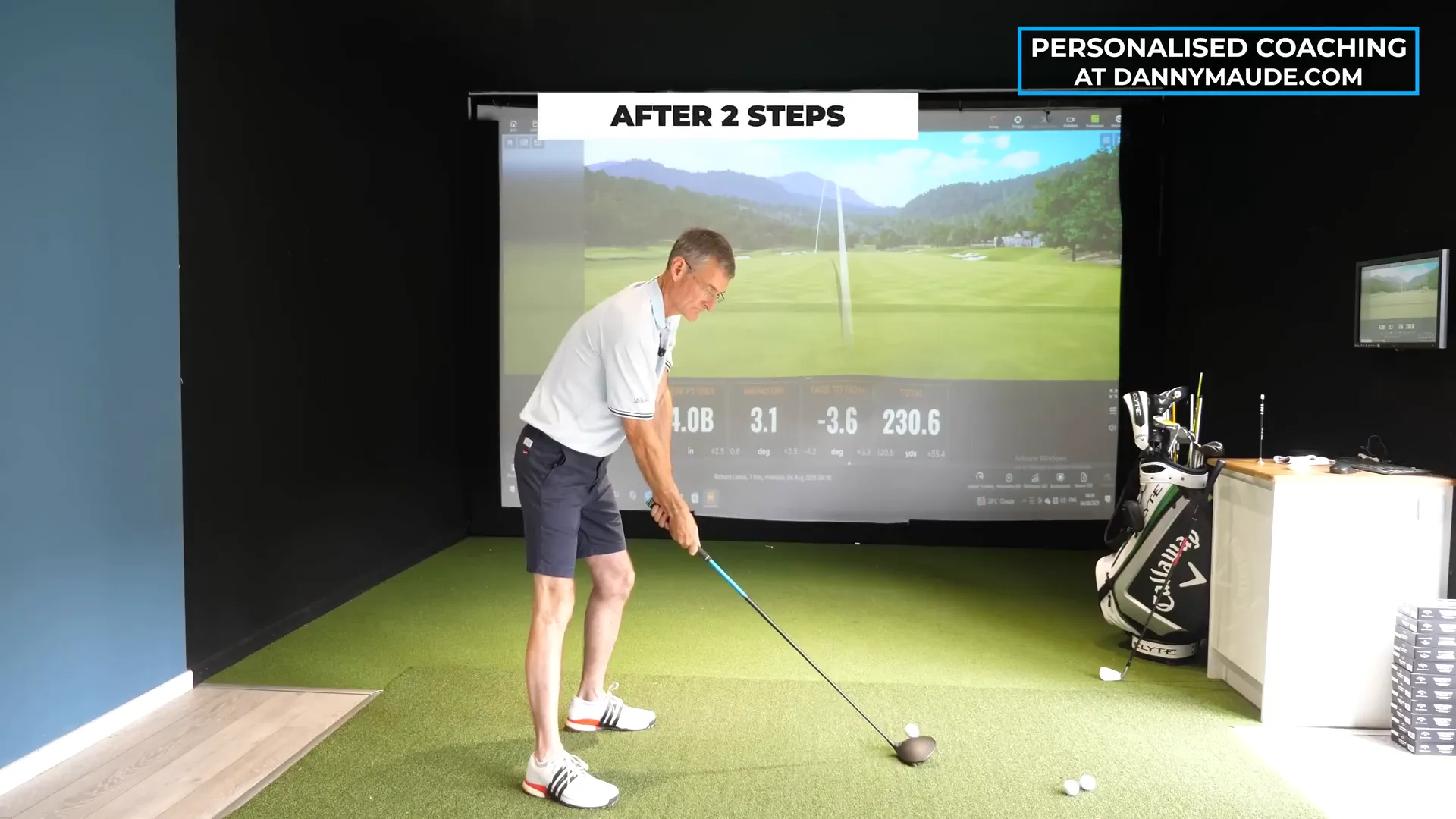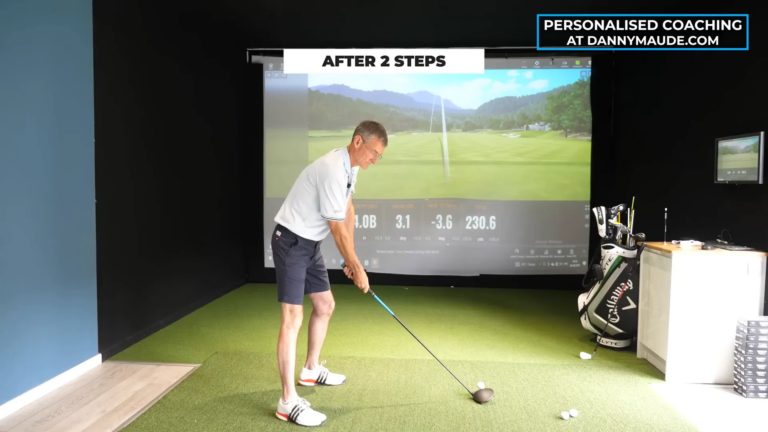 If you’re aiming to increase your golf drive distance effortlessly, you’re about to discover reliable techniques that balance power and precision. This guide focuses on smart changes that boost your club head speed without compromising control.
If you’re aiming to increase your golf drive distance effortlessly, you’re about to discover reliable techniques that balance power and precision. This guide focuses on smart changes that boost your club head speed without compromising control.
Table of Contents
- Step 1: Prime Your Setup for Maximum Distance
- Step 2: Increase Your Backswing Length
- Step 3: Load Momentum into the Trail Leg
- Step 4: Refine Swing Speed with the Towel Drill
- Putting It All Together
- Summary of Key Steps
- Frequently Asked Questions (FAQ)
- Get Ready to Play Your Best Golf
Step 1: Prime Your Setup for Maximum Distance
To start, ensure your setup maximizes potential distance. Often, suboptimal setups hinder your swing efficiency. Adjusting your stance can enable a more effective contact point. Here, a good setup encourages a level or slightly upward impact.
How To Check and Adjust Your Setup
- Ball Position: Place the ball just off your lead heel to optimize swing arc contact.
- Posture: Maintain a straight posture, with arms naturally dropping downwards.
- Angle Check: Hold a club down your zipper line; it should align or lean slightly towards your lead leg.
- Hip and Weight Position: Position hips forward with slight weight toward the lead side, ensuring aligned forearms.
Step 2: Increase Your Backswing Length
A solid setup acts as the foundation for extending your backswing, which in turn builds energy. This step focuses on extending backswing length for natural speed, akin to rolling a snowball down a mountain—it accelerates when it starts higher up.
Drill to Develop a Longer Swing
- Use a driver shaft to hold with a firm grip, centering the head over it.
- Adopt proper setup positioning with the correct ball stance.
- Slowly rotate backward to maximize natural body twist without rising.
- Ensure shoulder relaxation to assist full rotation without tension.
Step 3: Load Momentum into the Trail Leg
Build further momentum by loading into the trail leg during backswing, promoting a natural weight shift. This tactic, learned from long drive experts, utilizes controlled, powerful body movements distinct from swaying.
Understanding Loading vs. Swaying
Try holding a heavy object and observe your back leg’s natural preparation for a forward throw. Similarly, load onto the trail leg for momentum without compromising balance.
How to Practice Loading
- Simulate weight using a bag and repeat your backswing motion.
- Ensure back leg engagement to develop momentum naturally, maintaining balance and stance.
Step 4: Refine Swing Speed with the Towel Drill
The towel drill hones in on recognizing and manipulating swing speed through a repeated motion exercise, this helps to bring out true power and rhythm without undue tension.
How to Do the Towel Drill Correctly
- Grab a towel, treating it like a club, keeping proper grip and posture.
- Perform an extended backswing, hurling the towel down with force and maintaining body coordination.
Putting It All Together
Integrating these steps enhances swing efficiency, increasing speed and distance without loss of control. For example, a golfer named Richard achieved more distance with improved mechanics, boosting his club head speed significantly.
Summary of Key Steps
- Setup: Ensure optimal ball positioning and posture.
- Backswing: Focus on natural, extensive swings without forced speed.
- Momentum: Employ trail leg loading for enhanced swing momentum.
- Drill: Use the towel drill to master swing pace and energy dynamics.
Frequently Asked Questions (FAQ)
Q: Can I add distance to my driver if I have limited flexibility?
A: Certainly. By concentrating on correct rotation and swing drills, flexibility restrictions can be mitigated, allowing enhanced swing motion.
Q: How important is ball position for hitting driver longer?
A: It’s critical. Ball placement impacts swing arc contact points, crucial for maximizing distance.
Get Ready to Play Your Best Golf
Ready for longer, more accurate drives? Embrace these strategies, and revitalize your golf game. Perfecting technique over raw strength is your pathway to consistent improvement. For a customized approach, consult a golf professional to adapt methods to your swing style.


0 Comments